Citation of sources in foreign languages information
Home » Trending » Citation of sources in foreign languages informationYour Citation of sources in foreign languages images are ready in this website. Citation of sources in foreign languages are a topic that is being searched for and liked by netizens now. You can Download the Citation of sources in foreign languages files here. Get all royalty-free photos and vectors.
If you’re looking for citation of sources in foreign languages pictures information related to the citation of sources in foreign languages topic, you have visit the right blog. Our website frequently provides you with hints for downloading the maximum quality video and image content, please kindly search and locate more informative video articles and graphics that match your interests.
Citation Of Sources In Foreign Languages. When you want to quote a source from a language that is different from the language you are writing in, you have the choice of presenting. Mla citation book in a language other than english mla handbook for writers of research papers, 8th edition appears in the book unamuno, miguel de. When you need to quote an english text, present the quotation in english followed by a translation of it into german. If a translation of the cited work into english exists (but you worked with the french original), you can mention it in addition to the french title, e.g.
 (PDF) The citation advantage of foreign language From researchgate.net
(PDF) The citation advantage of foreign language From researchgate.net
Date the work was published When you want to quote a source from a language that is different from the language you are writing in, you have the choice of presenting. The key to a successful citation is providing all the information needed for your reader to find the book, article, or other item you are citing. For translated sources in an mla works cited list, you should give the name of the translator after the words “translated by” before the publication information: When referencing foreign language material where the information is written in chinese, japanese, korean or thai, you should transliterate (not translate) the details into the english alphabet, and include the original author names and the. Writings not included in the book].
Wisława szymborska once wrote, “tyle o sobie wiemy, na ile nas sprawdzono.” (we know ourselves only as far as we’ve been tested.”;
*note it is only necessary to include the translated title if your audience would otherwise be unfamiliar with the source. Sources in a foreign language. Formula for citing a foreign language source in apa: La réalité virtuelle pour transformer le télétravail [virtual reality to transform telelwork]. Both the original passage in the foreign language and your translation. When you need to quote an english text, present the quotation in english followed by a translation of it into german.
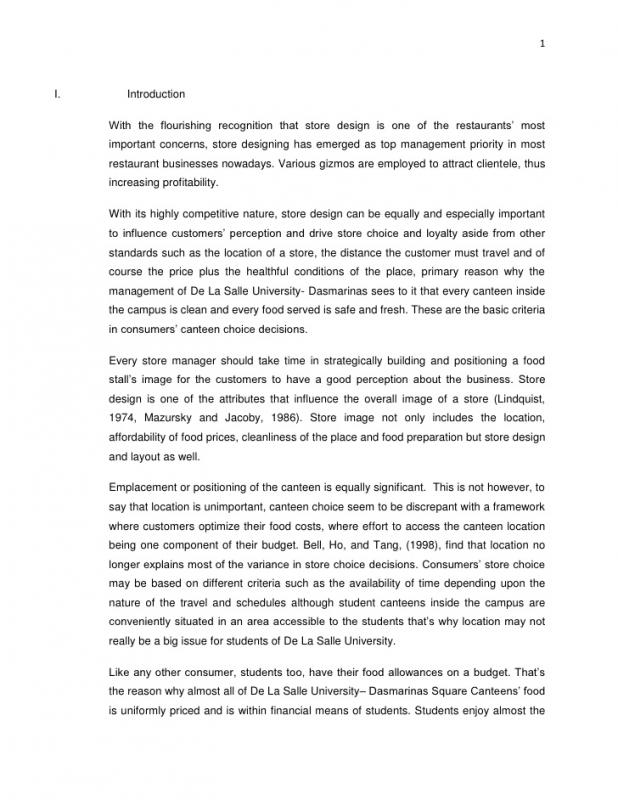 Source: garciamedia.com
Source: garciamedia.com
When you are referencing a work written in a foreign language, the title is written in its native language, followed by the translation of the title in brackets. Mla citation book in a language other than english mla handbook for writers of research papers, 8th edition appears in the book unamuno, miguel de. To change the formatting of the citations themselves (e.g., translating terms such as volume into another language, changing the punctuation, etc.), check to make sure the language is supported in the list of languages in link #3 above, then select the language from the zotero document preferences as in the below image (accessed when insert a citation into a. Provide a translation of the title in square brackets. The numerous exceptions to this rule include quotations entirely in another language (“julius caesar said, ‘veni, vidi, vici’”);

To create a citation for a source in a foreign language, here are some pieces of information you may need: The basic format of apa is retained, as follows: And it helps you when other writers use citations correctly. The numerous exceptions to this rule include quotations entirely in another language (“julius caesar said, ‘veni, vidi, vici’”); To change the formatting of the citations themselves (e.g., translating terms such as volume into another language, changing the punctuation, etc.), check to make sure the language is supported in the list of languages in link #3 above, then select the language from the zotero document preferences as in the below image (accessed when insert a citation into a.
 Source: pinterest.com
Source: pinterest.com
Author last name, first initial. Formula for citing a foreign language source in apa: Do not create a separate section for sources written in a foreign language. For translated sources in an mla works cited list, you should give the name of the translator after the words “translated by” before the publication information: When you are referencing a work written in a foreign language, the title is written in its native language, followed by the translation of the title in brackets.
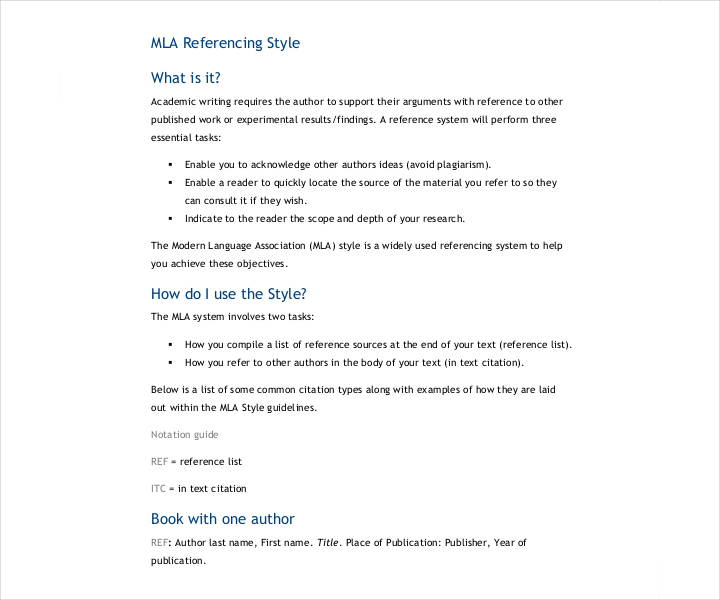 Source: template.net
Source: template.net
Author last name, first initial. Wisława szymborska once wrote, “tyle o sobie wiemy, na ile nas sprawdzono.” (we know ourselves only as far as we’ve been tested.”; Title in the original language [translated title]. If you choose to use the quote, you should preferably leave it as it is and not translate it. Firstname lastname, title of book (place of publication:
 Source: dictionary.com
Source: dictionary.com
Be mindful of grammatical rules in other languages. Provide a translation of the title in square brackets. In the example below, part of the quotation was written in italics. Be mindful of grammatical rules in other languages. Quick guide on citation style for chinese, japanese and korean sources:
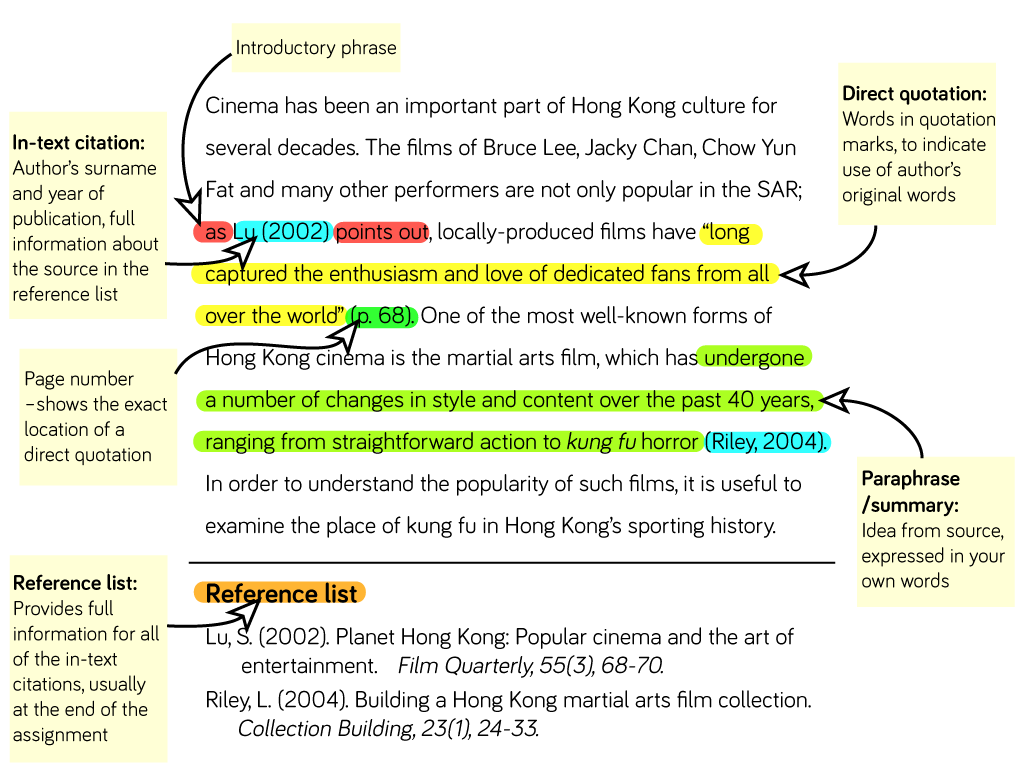 Source: sissecondarylibrary.weebly.com
Source: sissecondarylibrary.weebly.com
Publisher, year of publication), page number. To change the formatting of the citations themselves (e.g., translating terms such as volume into another language, changing the punctuation, etc.), check to make sure the language is supported in the list of languages in link #3 above, then select the language from the zotero document preferences as in the below image (accessed when insert a citation into a. That is an important reason, but it�s not the only reason. To cite a source in a foreign language in your works cited list, follow the citation template for your source and add the english translation of the title after the original title. De esto y de aquello:
 Source: elc.polyu.edu.hk
Source: elc.polyu.edu.hk
The basic format of apa is retained, as follows: Be mindful of grammatical rules in other languages. Do not create a separate section for sources written in a foreign language. Sources in a foreign language. University of chicago press, 2008.
 Source: libguides.unomaha.edu
Source: libguides.unomaha.edu
Author last name, first initial. Format for footnote or endnote: Escritos no recogidos en libro [of this and that: Author lastname, first initial (s). Formula for citing a foreign language source in apa:
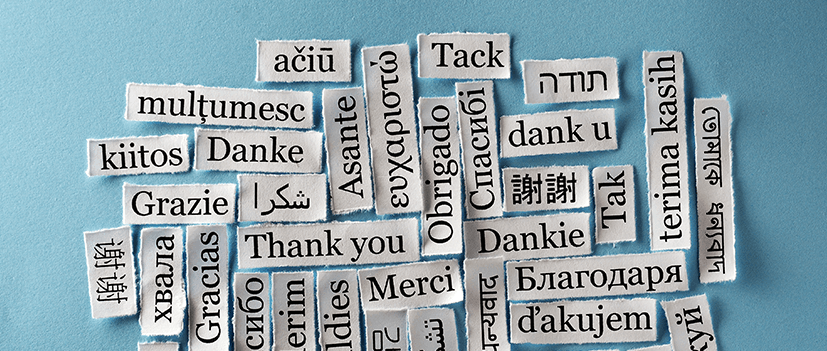 Source: easybib.com
Source: easybib.com
Formula for citing a foreign language source in apa: [actual citation] (translated into english under the title [translated title]) if the title allows the reader to estimate what the source contains and whether they want to read it at all. Date the work was published And it helps you when other writers use citations correctly. Your own translation of the quotation (without the foreign language) or.
 Source: researchgate.net
Source: researchgate.net
Title in the original language [translated title]. [actual citation] (translated into english under the title [translated title]) if the title allows the reader to estimate what the source contains and whether they want to read it at all. The numerous exceptions to this rule include quotations entirely in another language (“julius caesar said, ‘veni, vidi, vici’”); Author name(s) title of the work* (you may need the original title, depending on your citation style) where the work was published; Provide a translation of the title in square brackets.
 Source: help.citavi.com
Source: help.citavi.com
Do not create a separate section for sources written in a foreign language. When referencing foreign language material where the information is written in chinese, japanese, korean or thai, you should transliterate (not translate) the details into the english alphabet, and include the original author names and the. Title in the original language [translated title]. Quick guide on citation style for chinese, japanese and korean sources: If you choose to use the quote, you should preferably leave it as it is and not translate it.
 Source: researchgate.net
Source: researchgate.net
Provide a translation of the title in square brackets. In the example below, part of the quotation was written in italics. University of chicago press, 2008. Quoting in foreign languages is most common in subjects such as literary studies, philosophy and the like, where it can be decisive how something was expressed in the original language. Title in the original language [translated title].
 Source: incenroe45.wordpress.com
Source: incenroe45.wordpress.com
If a translation of the cited work into english exists (but you worked with the french original), you can mention it in addition to the french title, e.g. Firstname lastname, title of book (place of publication: University of chicago press, 2008. Formula for citing a foreign language source in apa: If you choose to use the quote, you should preferably leave it as it is and not translate it.
 Source: guides.library.harvard.edu
Source: guides.library.harvard.edu
Date the work was published The numerous exceptions to this rule include quotations entirely in another language (“julius caesar said, ‘veni, vidi, vici’”); Writings not included in the book]. [actual citation] (translated into english under the title [translated title]) if the title allows the reader to estimate what the source contains and whether they want to read it at all. To change the formatting of the citations themselves (e.g., translating terms such as volume into another language, changing the punctuation, etc.), check to make sure the language is supported in the list of languages in link #3 above, then select the language from the zotero document preferences as in the below image (accessed when insert a citation into a.
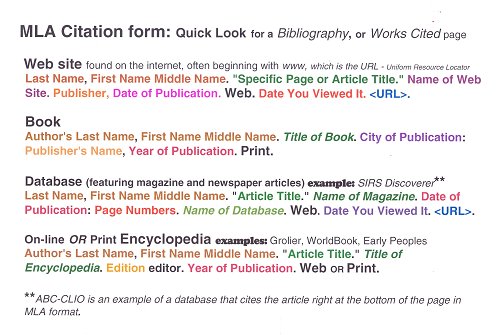 Source: english.stackexchange.com
Source: english.stackexchange.com
La réalité virtuelle pour transformer le télétravail [virtual reality to transform telelwork]. The basic format of apa is retained, as follows: Title in the original language [translated title]. De esto y de aquello: Quoting in foreign languages is most common in subjects such as literary studies, philosophy and the like, where it can be decisive how something was expressed in the original language.
 Source: slideserve.com
Source: slideserve.com
Provide a translation of the title in square brackets. Sources in a foreign language. In the reference list, provide the citation for the work in its original language. Escritos no recogidos en libro [of this and that: Publisher, year of publication), page number.
 Source: slideshare.net
Source: slideshare.net
Citations give your readers ways in which to track down your sources. When you are referencing a work written in a foreign language, the title is written in its native language, followed by the translation of the title in brackets. If you translate, it is no longer a quote. Your own translation of the quotation (without the foreign language) or. Translated by alan sheridan, penguin books, 1977.
 Source: slideshare.net
Source: slideshare.net
Mla citation book in a language other than english mla handbook for writers of research papers, 8th edition appears in the book unamuno, miguel de. To change the formatting of the citations themselves (e.g., translating terms such as volume into another language, changing the punctuation, etc.), check to make sure the language is supported in the list of languages in link #3 above, then select the language from the zotero document preferences as in the below image (accessed when insert a citation into a. The birth of the prison. Date the work was published The basic format of apa is retained, as follows:
This site is an open community for users to do submittion their favorite wallpapers on the internet, all images or pictures in this website are for personal wallpaper use only, it is stricly prohibited to use this wallpaper for commercial purposes, if you are the author and find this image is shared without your permission, please kindly raise a DMCA report to Us.
If you find this site helpful, please support us by sharing this posts to your favorite social media accounts like Facebook, Instagram and so on or you can also save this blog page with the title citation of sources in foreign languages by using Ctrl + D for devices a laptop with a Windows operating system or Command + D for laptops with an Apple operating system. If you use a smartphone, you can also use the drawer menu of the browser you are using. Whether it’s a Windows, Mac, iOS or Android operating system, you will still be able to bookmark this website.